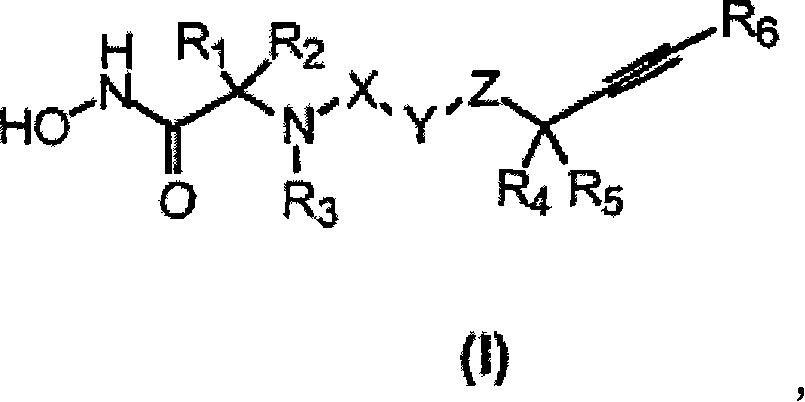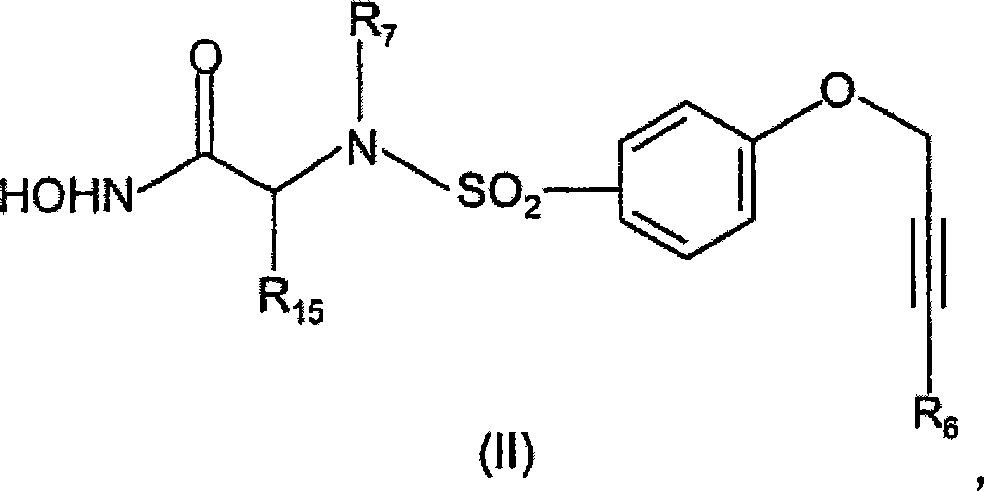Method for the treatment of polycystic kidney disease
A polycystic kidney disease, disease technology, applied in the direction of urinary system diseases, pharmaceutical formulations, organic active ingredients, etc., can solve the problems of polycystic kidney disease treatment and other problems
- Summary
- Abstract
- Description
- Claims
- Application Information
AI Technical Summary
Problems solved by technology
Method used
Image
Examples
example 1
[0163] In vitro against primitive collecting tubule (CT) cells from human polycystic kidney disease (PKD) samples, control and cystic primitive CT cells from rat analogs of human PKD, and BPK mice from PKD Model control and cystic conditional immortalized CT cells TACE inhibitor alone or in combination with Src inhibitor, HER-2 inhibitor or combination Src inhibitor and HER-2 inhibitor or Src inhibitor and HER-2 inhibitor Combinations of combinations are studied. Shows signs of cyst development and reduced growth. Additional information on compound toxicity, cell proliferation, site-specific phosphorylation levels of EGFR, c-Src, MEK, and downstream targets is also presented.
example 2
[0165] In vivo studies of TACE inhibitors alone or in combination with Src inhibitors, HER-2 inhibitors, or combinations of Src inhibitors and HER-2, or Src inhibitors and HER- 2 Combinations of Inhibitors Combinations of inhibitors were studied to determine the efficacy of the compounds alone or in combination to ameliorate both renal and hepatic cyst development and growth progression. A pilot study was performed on 3 control rats and 3 cystic rats using doses between 10 and 60 mg / kg every day and every three days. From day 7 after birth, Src inhibitors were administered intraperitoneally at different concentrations and frequencies until day 28 after birth. Surviving kidney and liver function, morphological analysis (cyst size and number), and site-specific phosphorylation levels of c-Src upstream and downstream targets were assessed. 10 control animals and 10 cystic animals were treated for a minimum of 10 weeks when determining the dose with maximal effect and least toxic...
PUM
 Login to View More
Login to View More Abstract
Description
Claims
Application Information
 Login to View More
Login to View More - Generate Ideas
- Intellectual Property
- Life Sciences
- Materials
- Tech Scout
- Unparalleled Data Quality
- Higher Quality Content
- 60% Fewer Hallucinations
Browse by: Latest US Patents, China's latest patents, Technical Efficacy Thesaurus, Application Domain, Technology Topic, Popular Technical Reports.
© 2025 PatSnap. All rights reserved.Legal|Privacy policy|Modern Slavery Act Transparency Statement|Sitemap|About US| Contact US: help@patsnap.com



